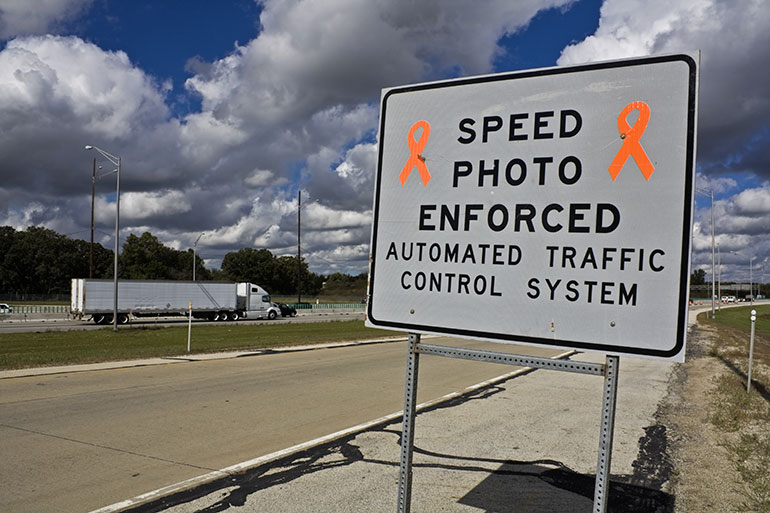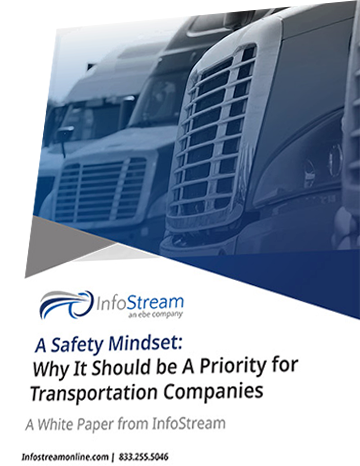

By Steve Binkley
InfoStream Safety Consultant
According to the Federal Motor Carrier Safety Administration (FMCSA), the following are the top five driver-related violations in 2020:
Four in this list are moving violations that often result in a DOT inspection regardless of citations issued. Inspectors will assess points in the carriers’ Compliance, Safety, Accountability score (CSA), which impacts the carriers’ Unsafe Driving score, as listed in BASIC (Behavior Analysis & Safety Improvement Categories).
Most drivers know that the DOT posts these inspection violations to their Pre-employment Screening Program (PSP) report. If there are repeat violations, it develops an unwanted reputation, and the carrier becomes a priority for future inspections.
False log violations generally occur when drivers attempt to disguise or hide on-duty time. Examples include logging as off duty for loading/unloading, fueling, and pre-trip inspections. Often inspectors find the driver logging out of their electronic logging device (ELD) yet continuing to drive. These violations usually result in inspectors placing the driver out of service. The driver’s employer is assessed points in the CSA Hours of Service BASIC.
I had a long career in the transportation industry, and I witnessed these violations firsthand. By interviewing drivers about how the breach occurred and reviewing their input, I gained valuable insight for prevention. Of course, I heard varied excuses, but it became apparent that carriers must develop and put into place strategies to promote driver compliance, so their drivers understand the company’s expectations.
Below are some of the steps that, when implemented, showed marked improvement related to violations:
Speeding 6-10 mph over the posted
Failure to obey a traffic control device
This violation includes running a traffic control device, bypassing weigh stations, and not complying with traffic signage specific to commercial vehicles.
Failure to use a seatbelt
False driver logs
Lane restriction violations
This violation generally means the driver is driving in a lane of traffic that prohibits commercial motor vehicles.
There are no hidden secrets to avoiding these violations. It requires quality training, drivers knowing what the expectations are, and accepting the consequences. Drivers need the confidence they can call and have access to accurate safety information. As a safety professional, you know you are just as concerned about their reputation as truck-driving professionals.
Put a plan in place, follow it for consistency, reward drivers for good performance, and see if these violations begin to trend positively for your company. My experience says it will.
Steve Binkley is a safety professional with 39 years of experience, including 26 years with the Tennessee Highway Patrol, where he retired as captain of the Commercial Vehicle Enforcement division. He also worked as an associate instructor with the Federal Motor Carrier Safety Administration National Training Center and vice president of safety at a large-tier motor carrier. Today, Steve serves as a safety and compliance consultant/instructor at North American Transportation Management Institute and speaks publicly about trucking safety.









